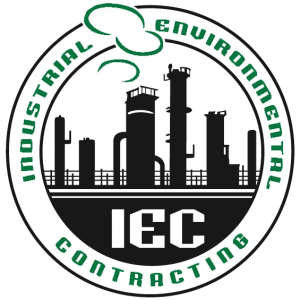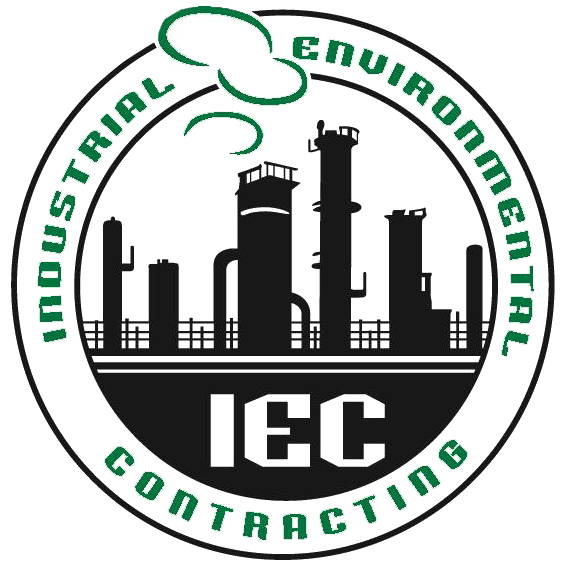
Industrial Safety
In 1986, in response to concerns over the storage and handling of toxic chemicals, the U.S. passed the Emergency Planning and Community Right-to-Know Act (EPCRA). The act is meant to provide guidelines for the environmental and safety hazards posed by the storage and handling of toxic chemicals, and is now a staple with regards to industrial safety.
Congress imposed these requirements for federal, state and local governments, tribes, and industry facilities and job sites. These requirements cover emergency planning and the community’s “Right-to-Know” reporting on hazardous and toxic chemicals.
The Community Right-to-Know provisions basically allow for the public to have access to information on chemicals at individual facilities, their uses, and releases into the environment. The information is generally used to improve chemical handling and industrial safety, protect public health, and the environment.
EPCRA has been in place for 30 years, but experts believe many organizations are not in compliance because they actually do not have adequate record keeping and proper policies in place. Be sure that your facility or job site complies with these regulations to avoid catastrophic results.
EPCRA Key Provisions:
- Emergency Planning
Industrial facilities that maintain Extremely Hazardous Substances (EHS) on-site in quantities greater than corresponding threshold planning quantities must cooperate in emergency plan preparation for industrial safety. - Emergency Notification
Industrial facilities must immediately report accidental releases of EHSs and “hazardous substances” defined under the Comprehensive Environmental Response, Compensation, and Liability Act (CERCLA). - Community Right-to-Know Requirements
Facilities handling or storing any hazardous chemicals must submit Material Safety Data Sheets (MSDS) to state and local officials and local fire departments. MSDSs describe the properties and health effects of these chemicals. Facilities must also submit an inventory form for these chemicals, to state and local officials and local fire departments. - Toxics Release Inventory (TRI)
Facilities must complete and submit a toxic chemical release inventory form (Form R) annually. Form R must be submitted for each of the over 600 TRI chemicals that are manufactured or otherwise used above the applicable threshold quantities.
IEC has spent years helping manage the clean-up of hazardous and toxic chemicals. For more resources and guidance for compliance assistance and industrial safety, visit EPA.gov.

